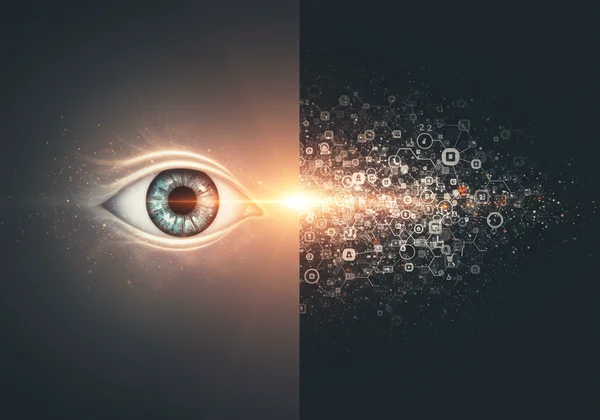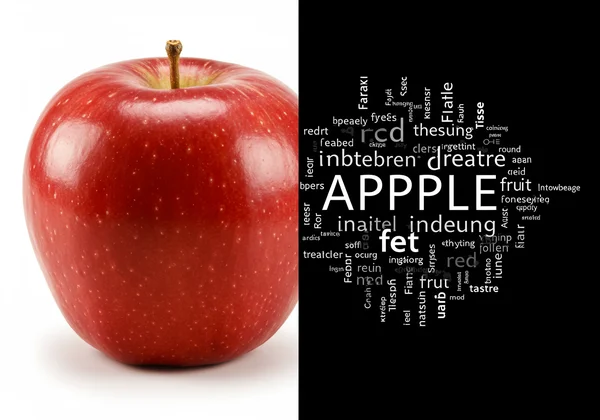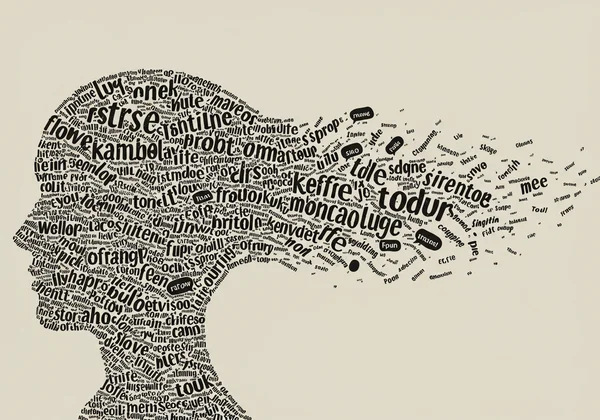Aphantasia Test: Common Traits & How to Tell If You Have It
Have you ever felt like your mind works differently when people say, "Picture this..."? While others describe vivid mental images, you might only grasp concepts, facts, or a sense of knowing. If this sounds familiar, you're not alone. This guide explores the common aphantasia traits, helping you answer the question: How to tell if you have aphantasia? This fascinating cognitive variation means you experience the world through a different lens, and understanding it can open the door to exploring your unique mind's eye.
Aphantasia, or "mind blindness," is the inability to voluntarily create mental images. It's not a disorder but a distinct cognitive style. For those who suspect they might have it, the journey of discovery can be both validating and empowering. It's a spectrum, and finding where you land can bring incredible clarity. If you're ready for a structured way to understand your visual imagery, consider taking a free aphantasia test to get started.

What Are Common Aphantasia Traits Beyond Visuals?
Aphantasia is most known for the lack of a "mind's eye," but its traits extend into many corners of our cognitive experience. It shapes how we remember, dream, and process information in ways that are often subtle. Recognizing these characteristics is crucial for understanding if this unique neural wiring resonates with your experience.
The Absence of Visual Recall & Imagination
The defining characteristic of aphantasia is the difficulty or inability to summon images in your mind. When asked to picture an apple, someone with a vivid imagination might see a shiny, red fruit with a green leaf. A person with aphantasia, however, might simply know what an apple is—they can list its attributes, like its shape, color, and taste—but no image appears in their thoughts.
This isn't a failure of knowledge or memory, but a different processing method. The information is there, just not in a visual format. You might particularly notice this trait during activities like guided meditation, where instructions to "visualize a peaceful beach" might feel abstract or even frustrating. It's a key indicator that your brain may prioritize conceptual thinking over visual simulation.

Non-Visual Memory and Remembering Experiences
How do people with aphantasia remember things? This is a common and fascinating question. Without mental pictures to replay past events, memory often relies on a different set of tools. Many people with aphantasia report having a strong semantic or autobiographical memory—they remember facts, conversations, and emotional states associated with an event, but not the visual details.
For example, they might remember attending a wedding by recalling the joy they felt, the music that played, and the key facts of the day, rather than re-watching a mental movie of the ceremony. This form of memory can be incredibly detailed and accurate, just non-pictorial. If you find your memories are more like a list of facts and feelings than a photo album, it could be a sign. To better understand your cognitive profile, an aphantasia self-assessment can offer valuable insights.
How to Tell If You Have Aphantasia: A Self-Assessment Guide
Recognizing aphantasia in yourself often starts with a moment of realization—a conversation where you discover that others genuinely "see" things in their minds. From there, you can use informal thought experiments and reflect on daily experiences to gather more clues before taking a more formal online aphantasia test.
Common Everyday Experiences & Indicators
Life with aphantasia can include a range of unique experiences. See if any of these resonate with you:
- Difficulty with Facial Recognition: Some people with aphantasia report trouble picturing the faces of loved ones, even when they know them well. This isn't the same as not recognizing them in person, but rather an inability to summon their image from memory.
- Reading Preferences: You might enjoy books for their plot, dialogue, and concepts but find that long, descriptive passages about scenery are boring or difficult to get through.
- Struggles with "Counting Sheep": The classic advice to count sheep to fall asleep is a purely visual task. For someone with aphantasia, this can be an impossible or nonsensical instruction.
- Different Approach to Creativity: While you may be highly creative, your process might be more conceptual, logical, or verbal rather than visual. You might excel at systems thinking, music, or abstract art.
The Apple Test and Other Thought Experiments
One of the most well-known informal methods is the "aphantasia apple test." It's a simple thought experiment you can do right now. Close your eyes and try to visualize an apple. Rate the image on a scale:
- Crystal Clear: You see it as vividly as if it were right in front of you.
- Reasonably Clear: The image is there, but not perfectly sharp.
- Vague and Dim: You can make out a faint image, but it's fleeting.
- A Sense of an Image: You "know" you're thinking of an apple, but no picture forms.
- No Image at All: You only have the concept or the word "apple" in your mind.
If you find yourself at a 4 or 5, you may have some degree of aphantasia. While this is a great starting point, a more comprehensive visual imagery test can provide a clearer picture by asking a series of questions based on scientific principles like the VVIQ (Vividness of Visual Imagery Questionnaire).
Living with Aphantasia: Daily Life Beyond Visuals
Aphantasia isn't just about what you can't do; it's about the unique ways your mind adapts and excels. Understanding how it can influence different aspects of life helps paint a complete picture of this cognitive style. It's not about limitations but about a different way of being.
Impact on Dreams, Emotions, and Inner Monologue
The experience of aphantasia varies greatly from person to person. Some individuals report that they do not have visual dreams, while others experience vivid, movie-like dreams, suggesting that voluntary and involuntary visualization can be separate processes. This highlights the complexity of the "mind's eye."
Many with aphantasia also report having a very strong inner monologue. Since they don't think in pictures, their internal world might be dominated by a running narration of thoughts, ideas, and concepts. This verbal or conceptual thinking can be a powerful tool for logical reasoning and problem-solving. Exploring your inner world can be a profound experience, and a simple aphantasia test is an excellent first step.

Navigating Direction, Faces, and Creative Tasks
Certain daily tasks may present unique challenges. For instance, giving or following directions based on visual landmarks ("turn left at the big red barn") can be difficult if you can't picture the barn. Similarly, as mentioned, remembering faces can be a challenge.
However, many with aphantasia develop incredible compensatory strategies. They might excel at using maps, remembering street names, or recognizing people by their voice or walk. In creative fields, individuals with aphantasia have become successful animators (like Pixar co-founder Ed Catmull), writers, and programmers by leveraging their strengths in abstract, systemic, and logical thinking.
Understanding Your Unique Mind's Eye
Discovering you have aphantasia is often a moment of profound self-understanding. It's not about diagnosing a problem but about labeling a lifelong experience and finding a community of people who think just like you. It's an opportunity to appreciate the diversity of human cognition and to celebrate the unique strengths your mind possesses.
Your mind is not broken or deficient; it simply operates on a different system. Ready to explore your mind's eye further and get a clearer understanding of your cognitive style? Take our free test today to gain deeper, science-inspired insights into your visual imagery ability. We encourage you to share your journey and experiences in the comments below!
Frequently Asked Questions About Aphantasia Traits
What are the most common signs of aphantasia?
The most common sign is the inability to voluntarily create mental images. Other indicators include having a fact-based memory instead of a visual one, finding it hard to picture faces, and not benefiting from visual descriptions in books. Many people only realize their experience is different after discussing it with others.
Do people with aphantasia have an inner monologue?
Yes, many people with aphantasia report having a strong and constant inner monologue. Because they don't think in pictures, their internal world is often dominated by words, concepts, and an internal voice that helps them process information, solve problems, and reflect.
How do people with aphantasia remember things without images?
They typically rely on semantic, factual, and emotional memory. Instead of replaying a visual memory of a birthday party, they might remember the facts (who was there, what gifts were given), the conversations they had, and the emotions they felt (happiness, excitement). Their memory is like a detailed story or a collection of data points rather than a film.
Can people with aphantasia enjoy reading books?
Absolutely. While they may not appreciate lengthy visual descriptions, they often connect deeply with other aspects of storytelling, such as compelling plots, character development, intricate dialogue, and profound themes. Their reading experience is simply focused on different elements. To confirm your thoughts about your own experience, a self-assessment can be very helpful.
Disclaimer: This article is for informational purposes only and is not a substitute for professional medical or psychological advice, diagnosis, or treatment. If you have concerns, please consult a qualified professional.